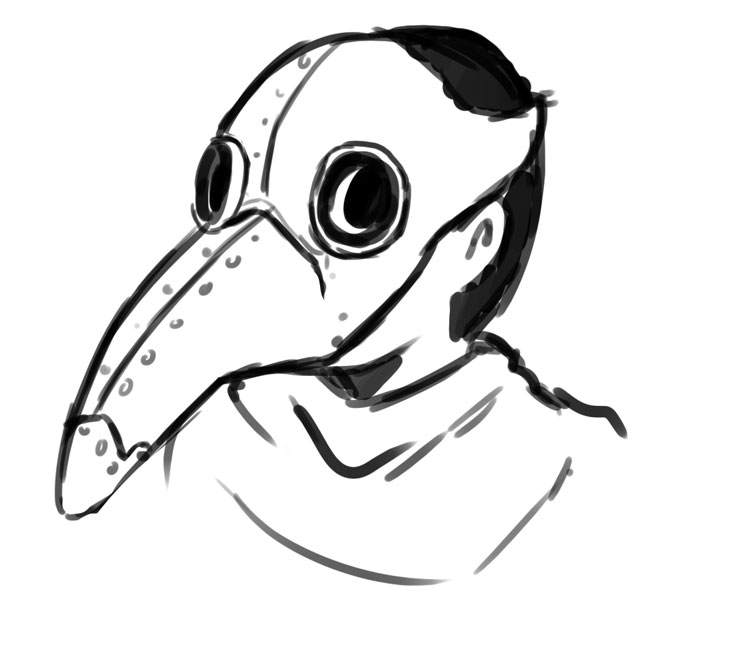By Valerie Franklin (The Cascade) – Email
Print Edition: November 5, 2014

Often Halloween encourages us to make light of fear, but it’s also a time to recognize we are vulnerable to it.
This Halloween, a bowl of mini Kit-Kats by the front door and a grinning jack-o’-lantern on the porch declared my house open for business. The trick-or-treaters began to trickle by around six: mostly toddlers dressed as ladybugs, vampires, and, of course, Elsa from Frozen. However, the trickle never turned into a stream, and by the end of the night, the candy bowl was still almost full. I peeked outside and looked up and down the street several times, but it was empty. When I was a kid growing up in the same neighbourhood, there were scores of trick-or-treaters; this year we got fewer than a dozen. Last year the numbers were similarly low.
Where did all the kids go?
At around 5 p.m. the same day, I had been at the mall and seen hundreds of costumed kids lining up to trick-or-treat at the stores. I can’t help but wonder about the connection between the crowds of children at the mall and the lack of trick-or-treaters in my neighbourhood — if parents are shielding their kids by bringing the tradition indoors.
It’s a disheartening thought. Trick-or-treating seems to lose some of its magic — the darkness, the sinister moon, the crisp air and rustling trees — in the well-lit, security-patrolled mall. But that safe, predictable environment also removes the danger of speeding cars, slippery leaves, and crazed neighbours who slip sewing needles and razor blades into children’s candy — which allegedly occurred twice in Winnipeg this Halloween, as police are investigating.
Parents these days are more scared than ever for their kids, and for good reason, if you’ve been reading the headlines recently. Razor blades in Halloween candy! Ebola! Terrorists! The narrative thread repeated over and over in North American media is, we’re in danger.
Sensationalized media stories like the Ottawa shooting two weeks ago, which the government and media have labelled an act of terrorism (when it appears that may not be the case), are sensationalized for a simple reason: because it sells. Just as marketing creates a fear (“Are your teeth white enough?”) then offers to alleviate it (“Buy our toothpaste!”), there’s a profit to be made from terrifying the population.
There’s power riding on it, too. A culture of fear is dangerous, not least because fear can be exploited; people who feel they’re in danger are more likely to embrace new laws and measures that promise safety, even if it comes with the loss of their civil liberties. In the case of the Ottawa shooting, the fear is of terrorism and ISIS — and the solution is to beef up Canada’s national security. But as Canadian Security Intelligence Service (CSIS)’s powers continue to grow, more and more of our privacy will be handed over in the name of protecting us. And we’re so afraid, we’ll swallow the pill without asking what’s in it.
Ebola is a horrifying disease, and I’m certainly not defending the violent fundamentalism of ISIS. These are real threats. But as many writers before me have pointed out, they’re not threats to us. We’re far more likely to die of heart disease than be blown up by a bomb. And when the media is as saturated with fear-mongering as it has been over the last few weeks, it’s important to observe the sensationalism calmly and read between the lines. Being well-informed and not believing everything you hear is, as usual, a panacea.
Take your kids (or young friends) trick-or-treating next year. Let them enjoy the spooky night and the fresh air. They’ll be okay. Statistically, they almost definitely won’t be poisoned or bite down on a razorblade. The greater risk is shielding them from imagined danger at every turn. If we do that, we’ll have a generation of kids growing up afraid to take risks, protected from learning from their own mistakes, and never questioning the steady diet of sensationalized terror they’re fed by both the media and parents who have internalized the message.
And that’s scarier than any terrorist.

